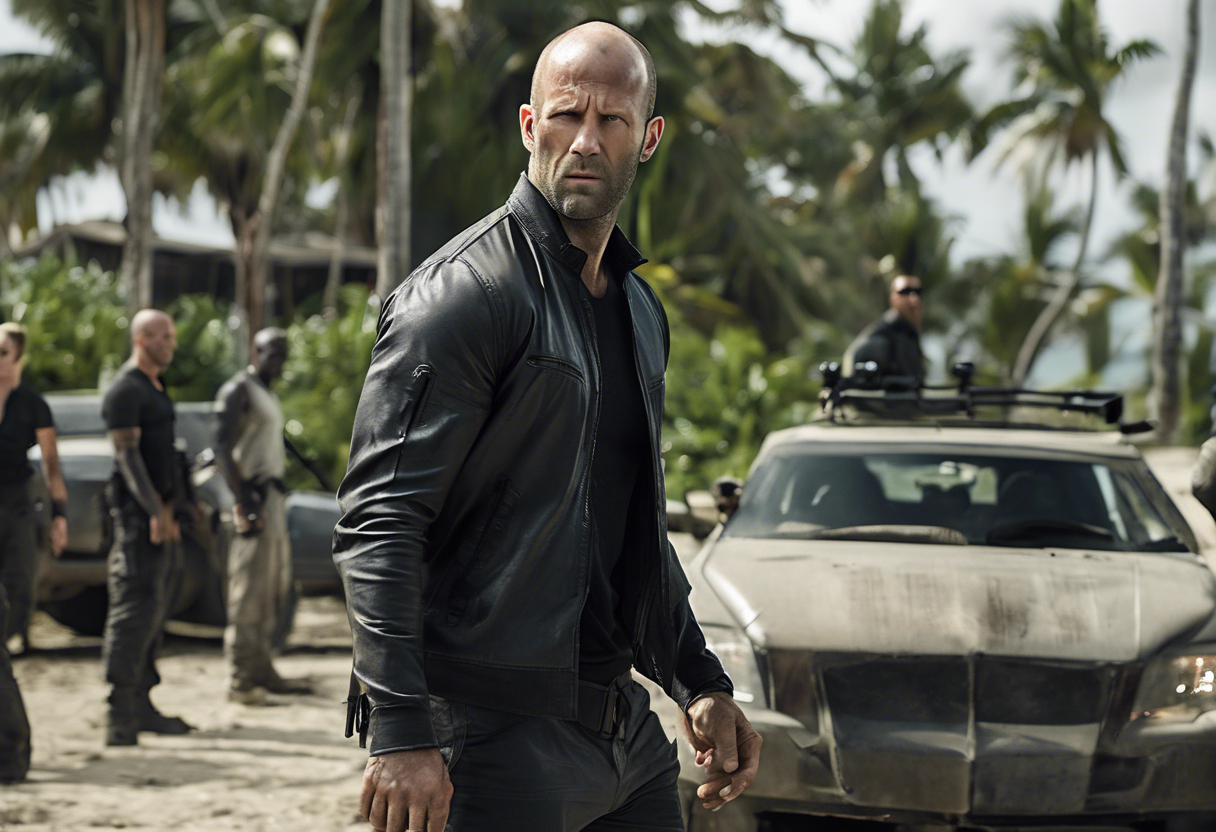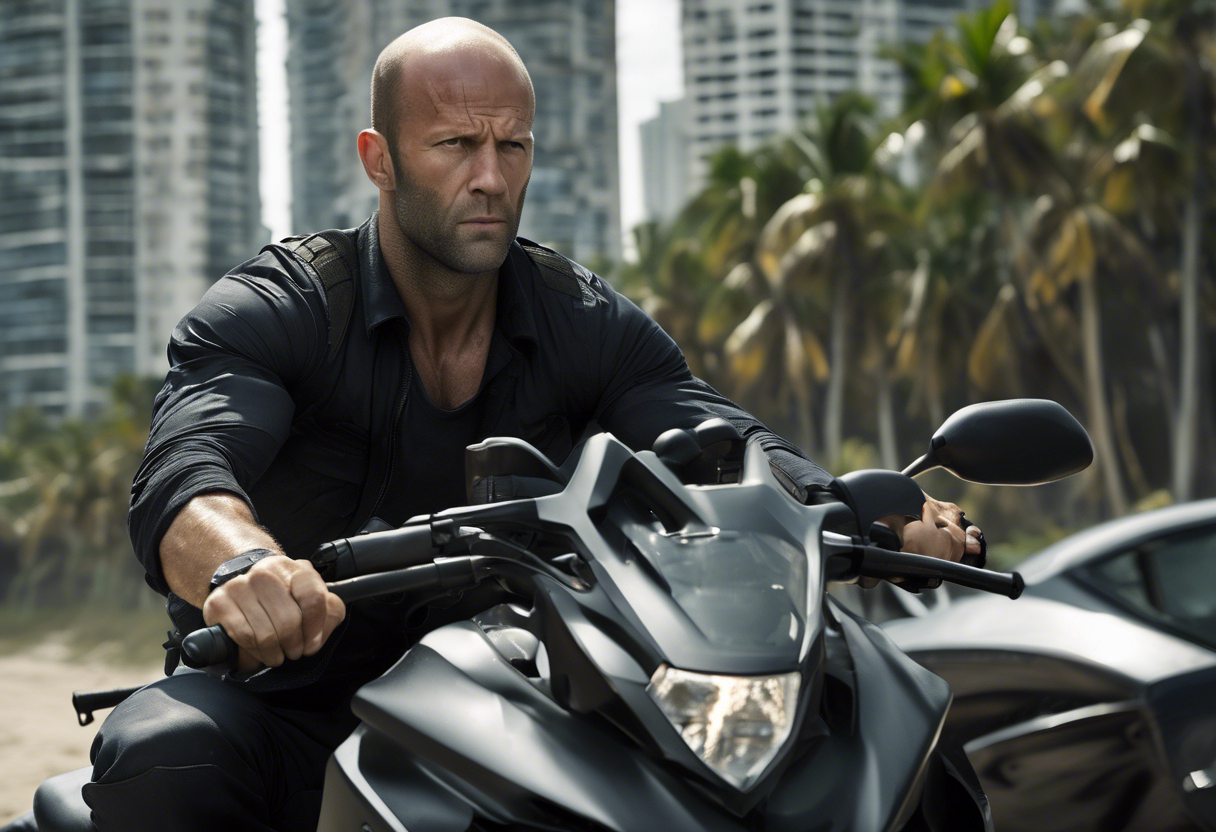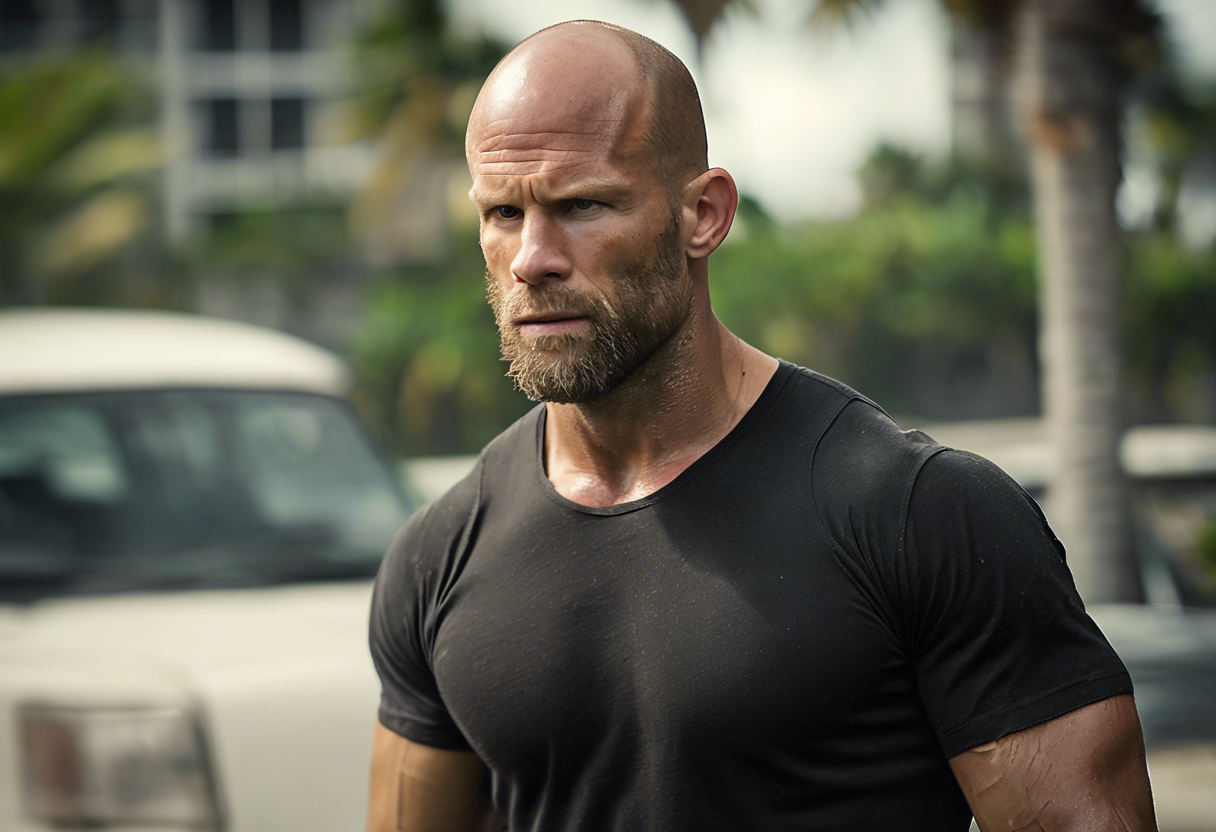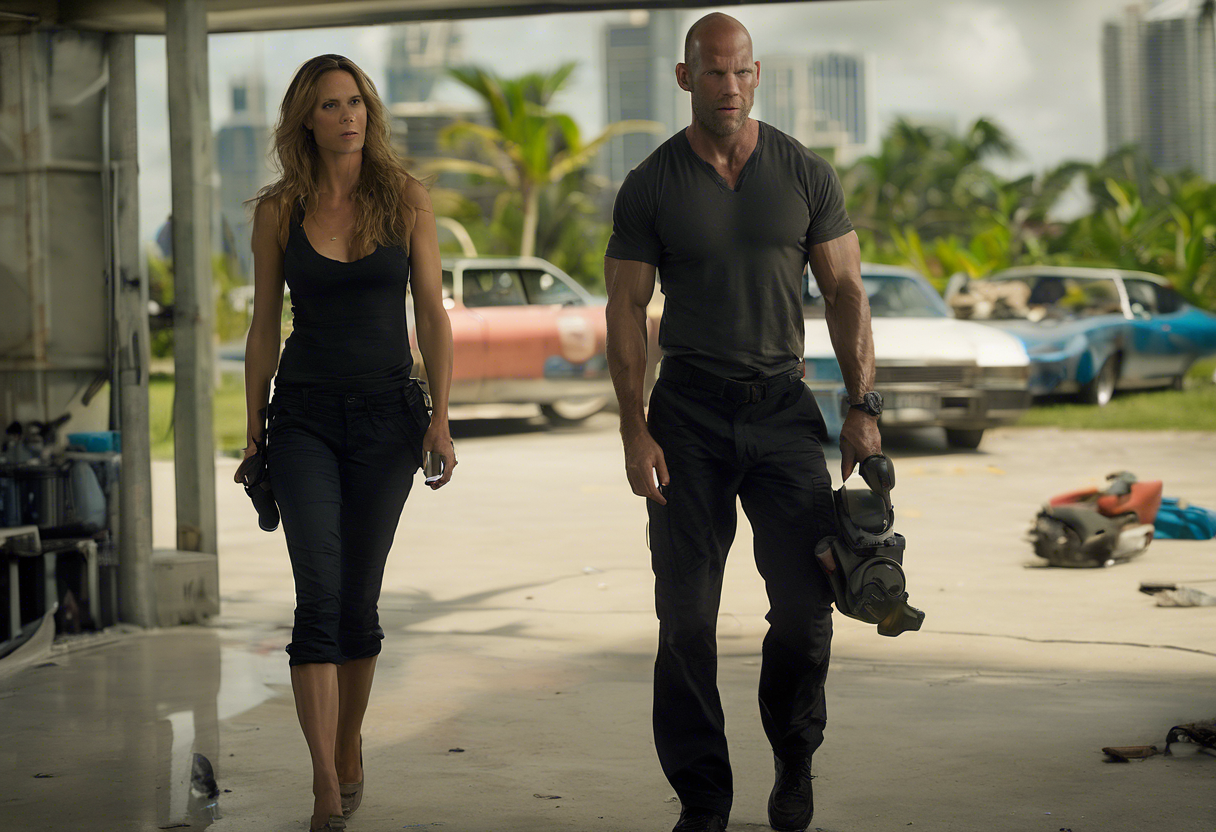Contents
Mechanic: Resurrection
Introduction
Mechanic: Resurrection, released in 2016, is the sequel to the 2011 action thriller The Mechanic, which was itself a remake of the 1972 film of the same name. Directed by Dennis Gansel and written by Philip Shelby and Tony Mosher, with a story by Brian Pittman and Philip Shelby, the film continues the story of Arthur Bishop, a master assassin played by Jason Statham.
The production of Mechanic: Resurrection involved a team of experienced filmmakers, including producers William Chartoff, Frank DeMartini, and John Thompson. The film was shot in various locations around the world, including Brazil, Thailand, and Bulgaria, adding to its global and dynamic feel.
Mechanic: Resurrection was released on August 26, 2016, in the United States and received attention for its high-octane action sequences and intricate plot. What sets it apart within its genre is its blend of sophisticated assassinations, complex characters, and a narrative that delves into themes of loyalty, betrayal, and redemption.
Plot Summary
The film follows Arthur Bishop, who has retired from his life as a hitman and is living under cover in Brazil. However, his peaceful existence is disrupted when his most formidable foe, Crain (Sam Hazeldine), kidnaps the love of his life, Gina (Jessica Alba)[2][5].
Crain, who has a past grudge against Bishop for abandoning him, forces Bishop to complete three impossible assassinations. These targets include a warlord named Krill, who is imprisoned in Malaysia; a wealthy arms dealer named Adrian Cook; and a human trafficker named Max Adams. Each assassination must be made to look like an accident, adding an extra layer of complexity to Bishop’s mission.
Bishop’s first target is Krill, whom he kills by choking him with a wooden rod in his prison cell, making it appear as if Krill died during a prayer. He then escapes the prison by creating a bomb that blows a hole through the walls and jumps into the ocean[1].
Throughout the film, Bishop navigates through various dangerous situations, using his skills and ingenuity to outmaneuver his enemies and complete his tasks. The plot is driven by Bishop’s determination to rescue Gina and his need to confront his past and the enemies that haunt him.
Themes and Symbolism
Mechanic: Resurrection explores several central themes that contribute to its storytelling and resonance with audiences. One of the primary themes is the concept of loyalty and betrayal. Bishop’s past actions, particularly his abandonment of Crain, come back to haunt him, highlighting the consequences of betrayal and the importance of loyalty.
The film also delves into the theme of redemption. Bishop’s missions are not just about completing tasks but also about making amends for his past mistakes. His love for Gina and his desire to protect her serve as a catalyst for his actions, symbolizing a path towards redemption.
Symbolically, the film uses the character of Bishop to represent a figure caught between two worlds: his old life as an assassin and his new life in hiding. The various locations and settings, from the Brazilian beaches to the Malaysian prison, symbolize the global nature of Bishop’s work and the constant danger that follows him.
Cultural Impact
Mechanic: Resurrection had a notable cultural impact upon its release. The film’s high-action sequences and Jason Statham’s performance were widely discussed, contributing to the ongoing popularity of action films in the mid-2010s.
The film’s influence can be seen in other action movies that followed, which also emphasized intricate plots and sophisticated action sequences. While it did not spawn any direct adaptations or sequels, it remains a significant entry in the action genre, influencing filmmakers in their approach to crafting compelling action narratives.
Critical Reception
Mechanic: Resurrection received mixed reviews from critics at the time of its release. Some praised the film’s action sequences and Jason Statham’s performance, while others found the plot predictable and the characters underdeveloped[2].
Audiences generally enjoyed the film for its entertainment value, with many appreciating the return of Arthur Bishop and the escalation of the action from the first film. However, some critics felt that the film did not live up to the standards set by its predecessor, citing issues with pacing and character development.
In subsequent years, the film has been reevaluated by some critics who appreciate its technical achievements and the consistency of Jason Statham’s performance in the action genre.
Legacy
Mechanic: Resurrection continues to hold a place in cinematic history as a well-crafted action film with a compelling narrative. It has inspired filmmakers to push the boundaries of action sequences and plot complexity.
The film’s enduring relevance can be seen in its influence on contemporary action movies, which often feature sophisticated assassinations and global settings. It also solidified Jason Statham’s status as a leading figure in the action genre, known for his ability to carry high-octane films.
In conclusion, Mechanic: Resurrection is a significant entry in the action film genre, known for its intricate plot, high-action sequences, and the continued evolution of Arthur Bishop as a complex and compelling character.







